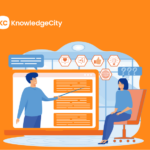Most organizations have star performers. Fewer have star systems. In high-performing teams, outcomes are not dependent on a single person’s presence or expertise. Instead, the team operates as a network of overlapping skills, where any critical task can be picked up by more than one capable person.
This is not a coincidence. It is the result of strategic cross-training, a deliberate investment in building skill redundancy, shared operational context, and leadership readiness across the workforce.
Organizations that excel at it experience:
- Faster recovery from disruptions because roles are covered without delay.
- Higher project continuity with fewer missed deadlines or quality drops.
- More promotable leaders due to broad organizational knowledge.
- Lower operating risk from sudden staff turnover or leave.
Yet, in many workplaces, cross-training is ad hoc and unmeasured. Employees might occasionally fill in for each other, but without a structured approach, the organization still relies on fragile dependencies.
This blog breaks down the exact methods high-performing teams use to make cross-training a strategic advantage, from skill mapping and redundancy heatmaps to measurable ROI and cultural adoption. So, let’s get started.
Building Capability Depth and Breadth with the T-Shaped Skills Model
An effective cross-training strategy strikes a balance between deep expertise and functional versatility.
The T-shaped skills model is a proven way to achieve this balance:
- Vertical Depth: Mastery of the employee’s core role and responsibilities.
- Horizontal Breadth: Proficiency in selected secondary skills that enable cross-functional collaboration and temporary role coverage.
For example, a senior accountant may develop enough understanding of contract review to handle urgent legal documentation. A project manager might gain the ability to manage vendor procurement if the supply chain lead is unavailable. A customer success lead could learn to conduct product demos during peak sales periods.
How to implement this effectively:
Once breadth is established, the next priority is ensuring no single role becomes a bottleneck.
Eliminating Single Points of Failure with Redundancy Heatmaps
A redundancy heatmap visually highlights where your organization is most exposed to operational risk due to knowledge concentration.
Steps to create a redundancy heatmap:
- List Critical Processes: Identify tasks and workflows essential to daily operations and client commitments.
- Record Coverage: Document who can perform each process competently.
- Assign Coverage Scores: Count the number of employees who can execute the task without additional training.
- Color Code Risk Levels:
- Red = One person trained
- Yellow = Two trained
- Green = Three or more trained
- Set Cross-Training Priorities: Address the highest-risk areas first.
Example in practice: A logistics company discovered that 40% of its key route planning depended on one employee. After targeted cross-training, this was reduced to 12% in six months, cutting downtime risk by more than half.
Cross-training does more than prepare employees for temporary role coverage. It gives them context, the understanding of why processes are designed a certain way, what constraints exist, and how success is measured.
This shared operational context allows employees to make better, faster decisions without excessive escalation.
Example: In a healthcare provider network, administrative staff trained in clinical scheduling protocols could approve urgent patient slot changes immediately, avoiding delays that previously required supervisor approval.
How to build this context:
- Include “process purpose” sessions in training so employees understand the broader impact of their tasks.
- Use job rotation or cross-department project sprints to give employees real-world exposure.
- Encourage shadowing during peak workload periods to experience real decision points.
Using Cross-Training to Accelerate Leadership Readiness
Leaders must understand the organization beyond their own department. Cross-training accelerates this readiness by exposing high-potential employees to multiple functions.
Structured rotation framework:
When combined with succession planning, this approach builds leaders who are more adaptable and effective from their first day in a senior role.
Proving Business Value with Resilience-Based KPIs
Cross-training programs are easier to sustain when their value is proven in measurable terms. The following KPIs demonstrate both resilience and return on investment:
Making Cross-Training Part of Organizational DNA
For cross-training to last, it must be seen as a career advantage rather than an extra task.
Keys to adoption:
- Recognize employees publicly when they step into critical roles outside their primary responsibilities.
- Tie cross-training completion to promotion eligibility or high-impact project selection.
- Use skills tracking systems to identify hidden competencies and make redeployment faster.
When cross-training is embedded into career development, adaptability stops being a reaction to disruption and becomes a built-in organizational strength.
Turning Cross-Training into a Measurable Advantage with KnowledgeCity
The real advantage of cross-training comes from precision, knowing exactly which skills to develop, in which roles, and how to measure progress. Without a clear Training Needs Analysis (TNA), cross-training can become scattered, slow, and disconnected from business priorities.
This is where KnowledgeCity helps HR and L&D leaders turn strategy into measurable results. Our platform equips you to:
- Conduct a Detailed TNA: Identify coverage gaps, single points of failure, and skill adjacencies that strengthen resilience.
- Deliver Targeted Learning: Assign short, role-specific courses that build the exact secondary skills teams need to step into critical functions.
- Track Progress and Coverage: Monitor who is cross-trained in which skills, and ensure critical tasks always have a backup.
- Link to Career Development: Connect cross-training achievements to promotions, leadership readiness, and internal mobility.
With KnowledgeCity, the best employee training platform in the USA, cross-training is not a side project. It becomes a data-driven, organization-wide capability that protects operations, speeds up decision-making, and prepares leaders faster.
If your goal is to build a team that performs at its peak, even in times of change, KnowledgeCity provides the framework, content, and tracking to make it happen and prove its value to leadership.
Subscribe to Our Newsletter
Join 80,000+ Fellow HR Professionals. Get expert recruiting and training tips straight
to your inbox, and become a better HR manager.
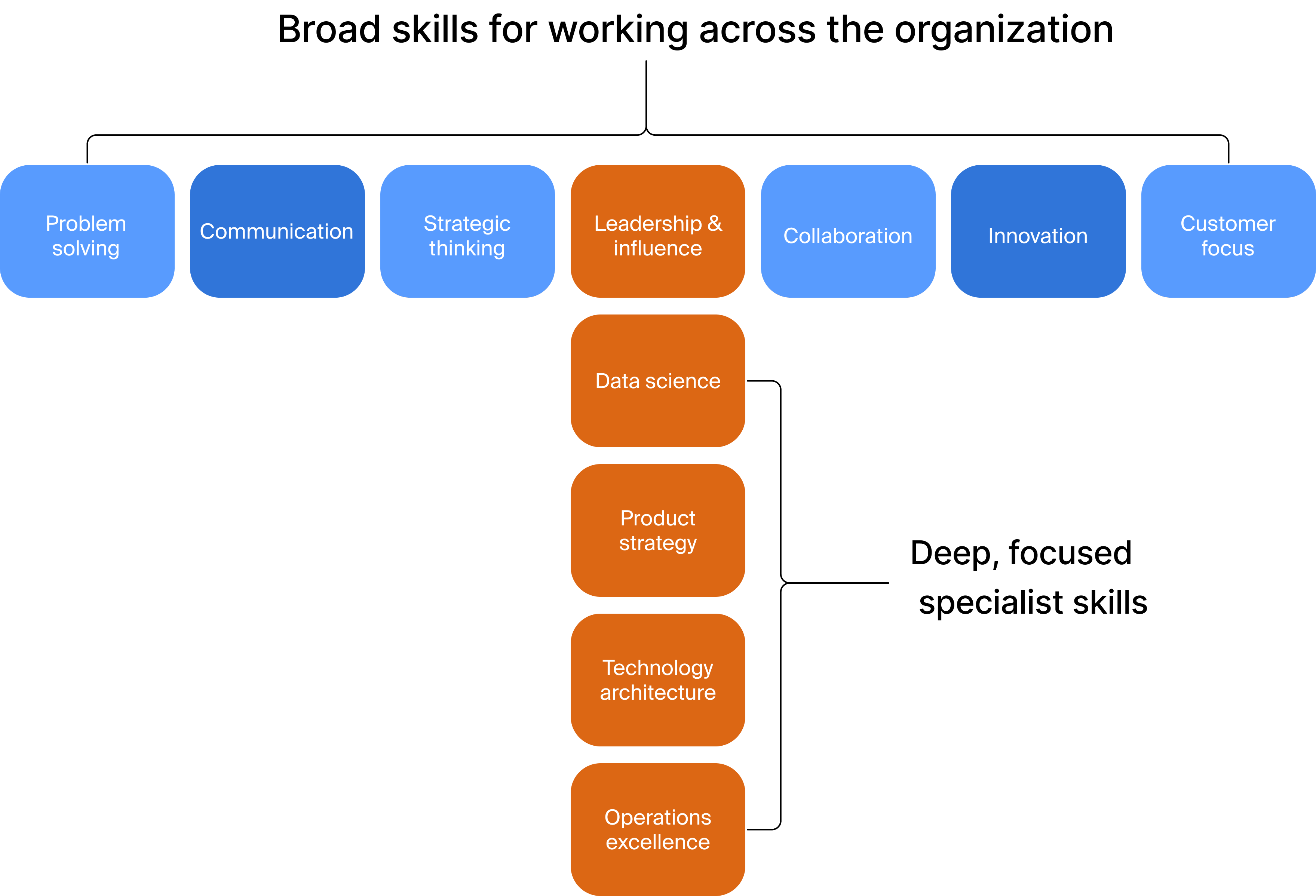
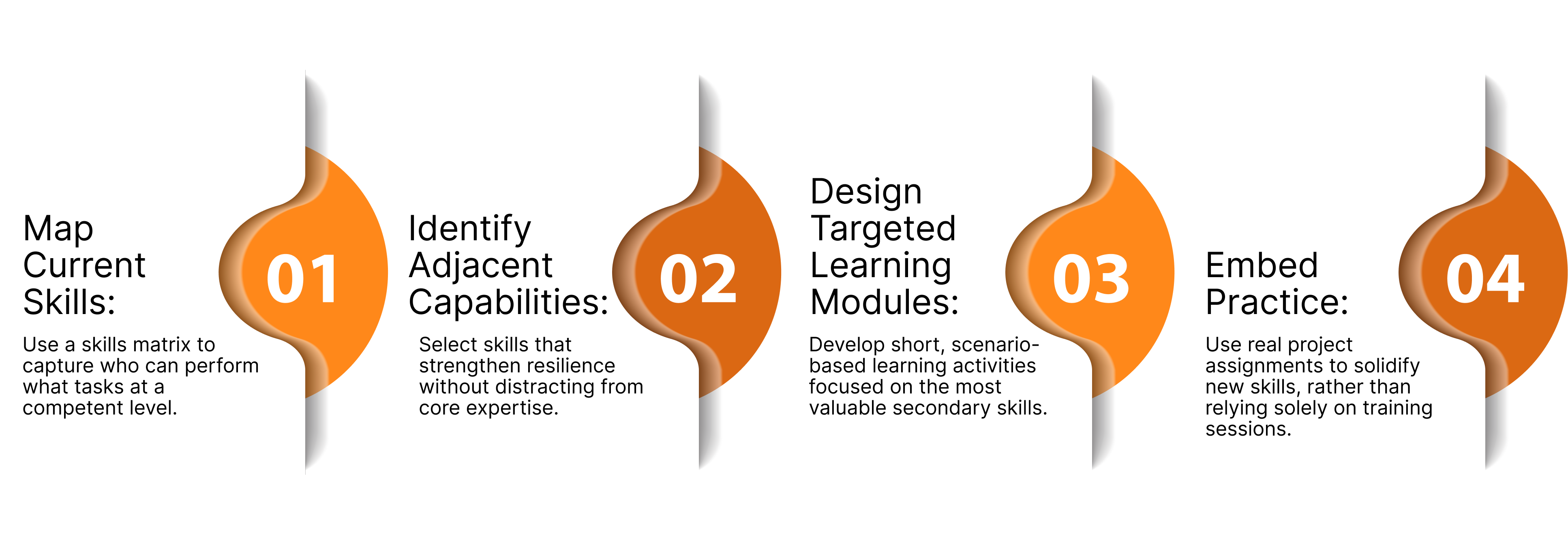
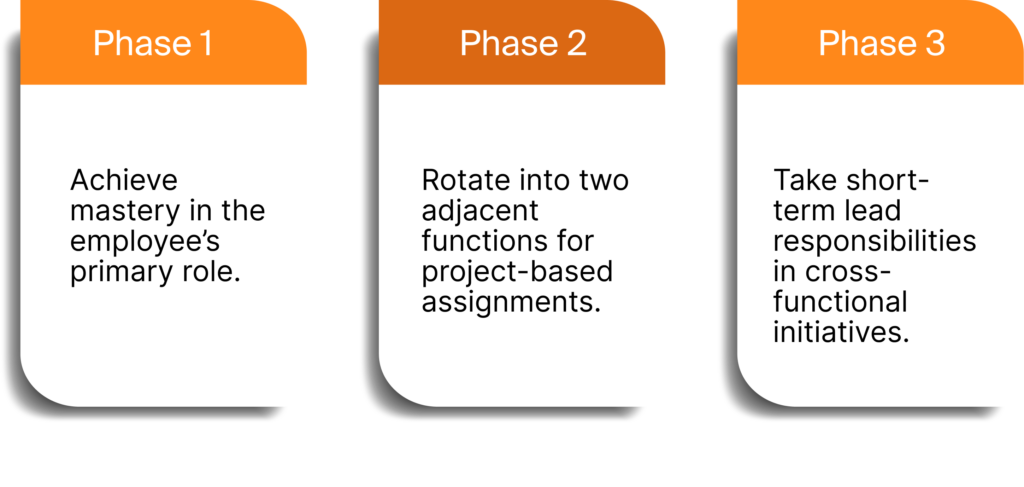
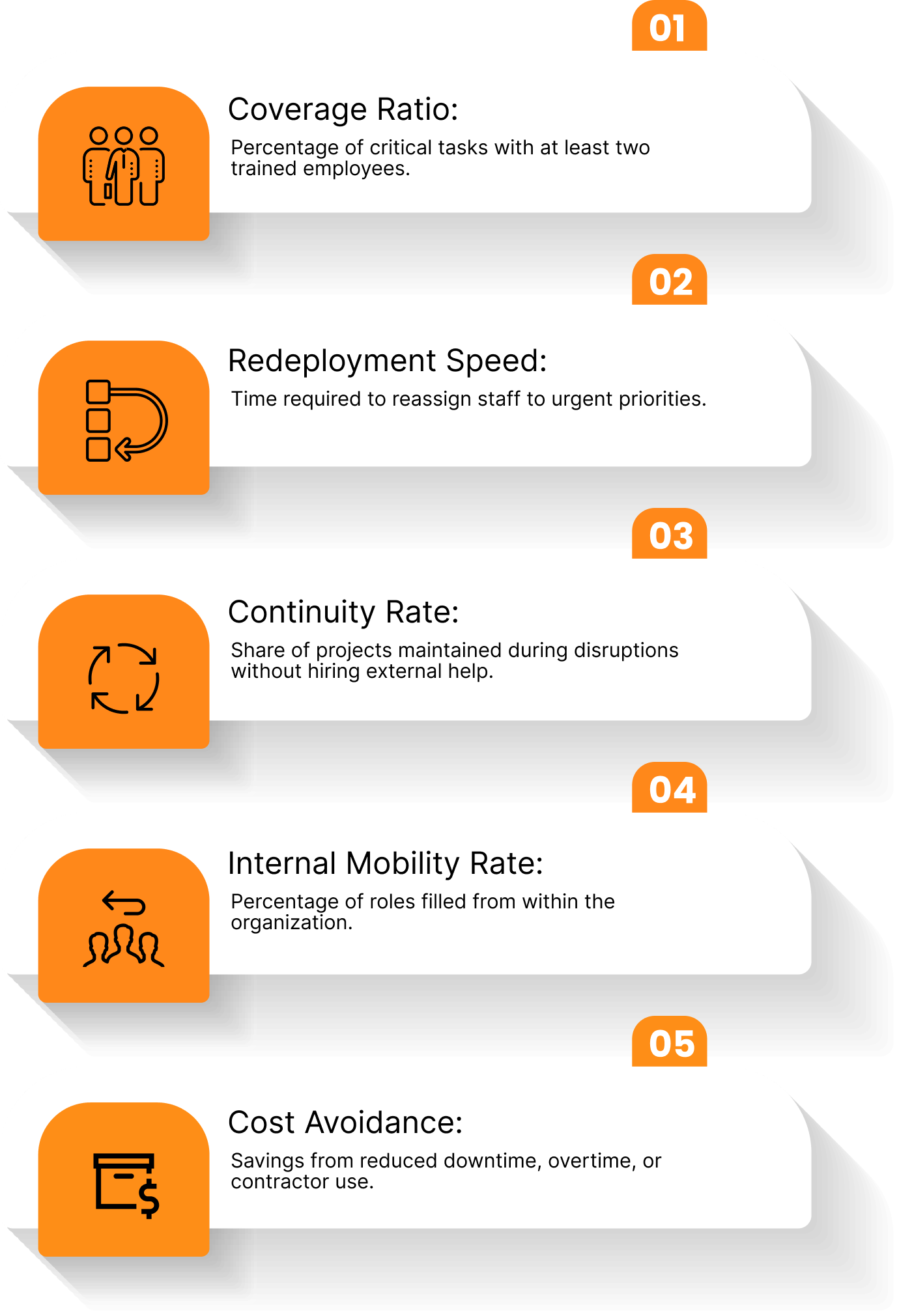

 KnowledgeCity
KnowledgeCity 








